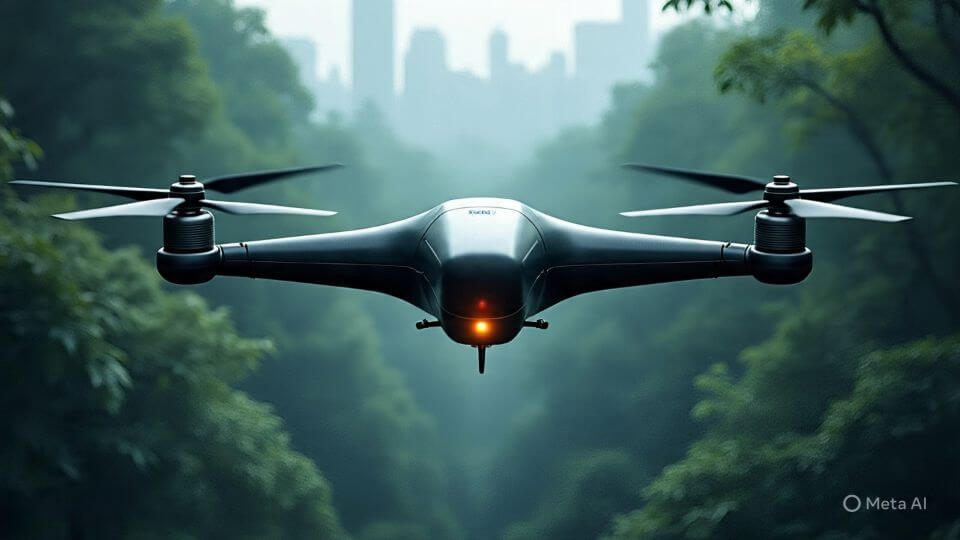Source Report: MSN recently highlighted an MIT study warning that 95% of organizations investing in generative AI are seeing zero returns—despite $30–40 billion already poured into the field. Off the back of this, tech giants like Nvidia and Palantir saw their stock prices dip, sparking fears that the AI boom may be the next bubble to burst. (Source: MSN / MIT Report)
History Repeats Itself?
If this sounds familiar, it’s because we’ve seen it before. Back in March 2000, Barron’s warned about the internet bubble—and days later, dot-com stocks began crashing. Trillions evaporated almost overnight.
Fast-forward to today: Wall Street is asking if AI is heading down the same road. Have we hyped up AI so much that reality can’t catch up?
Zero Returns: The Harsh MIT Verdict
MIT researchers revealed that 95% of companies experimenting with AI are not seeing any actual benefits. That means despite executives betting big—promising efficiency, savings, and revolutions—the majority are burning cash with no results.
If true, it’s like buying the latest iPhone, only to discover it can’t even make calls.
What This Means for Ordinary People
You might ask: “Okay, but I’m not an investor in Nvidia or Palantir. Why should I care?”
Here’s why: when tech bubbles burst, ordinary people pay the price. Jobs vanish. Promises of transformation collapse. In the Philippines, this could mean:
- Call centers investing in AI assistants that don’t deliver → wasted money, risk of layoffs.
- Startups chasing “AI hype” instead of solving real problems → broken trust with users.
- Students rushing into AI courses → skills outdated before graduation.
Sound familiar? It’s like crypto all over again, or the education bubble we’ve covered in Ghost Graduates: The Future of Work & Education in the Philippines.
Too Cryptic? Explain Like I’m 12
Imagine everyone suddenly buying fidget spinners, saying: “This will change the world!” Shops stock up, parents spend money, and suddenly—kids get bored. Sales crash. That’s a bubble.
AI could be the “fidget spinner” of the tech world if it doesn’t deliver real value fast enough.
Should We Panic—or Prepare?
The point isn’t to fear AI. It’s to separate hype from reality. AI is powerful, but it isn’t magic. If businesses keep spending billions without a plan, the pop will come—and ordinary people will hear it first.
So instead of blindly trusting AI hype, we should:
- Demand proof, not promises from companies.
- Focus on real-world applications that solve human problems.
- Build skills in adaptability, not just in hype-driven trends.
Filipino Takeaway
We’ve survived fake “guaranteed returns” before—pyramid schemes, networking scams, overhyped online businesses. The AI bubble could be just another flavor of the same story.
But awareness is our shield. By questioning hype and looking for substance, we can avoid being the ones holding the empty bag when the “pop” finally comes.
Conclusion
The AI boom might not collapse tomorrow, but the warning signs are flashing. Just like the dot-com bubble, too much hype with too little payoff spells danger.
The question we should all be asking is: When the AI bubble pops, will we be prepared—or will we be the ones left scrambling?
Postscript from Why Live
And here’s the real twist: what will happen to AIWhyLive.com when the AI bubble finally bursts—especially since I’ve chosen to go insanely all-in with AI?
Will it sink with the hype… or stand as proof that resilience, curiosity, and a human-centered voice can outlast the noise?
Here’s my truth: I’m kickass—with the help of AI. If the winds shift, I’ll readjust. If the system crashes, I’ll reboot. No matter how many times it takes, my AI bubble will never pop—because this isn’t built on hype alone. It’s built on grit, adaptability, and the refusal to quit.







